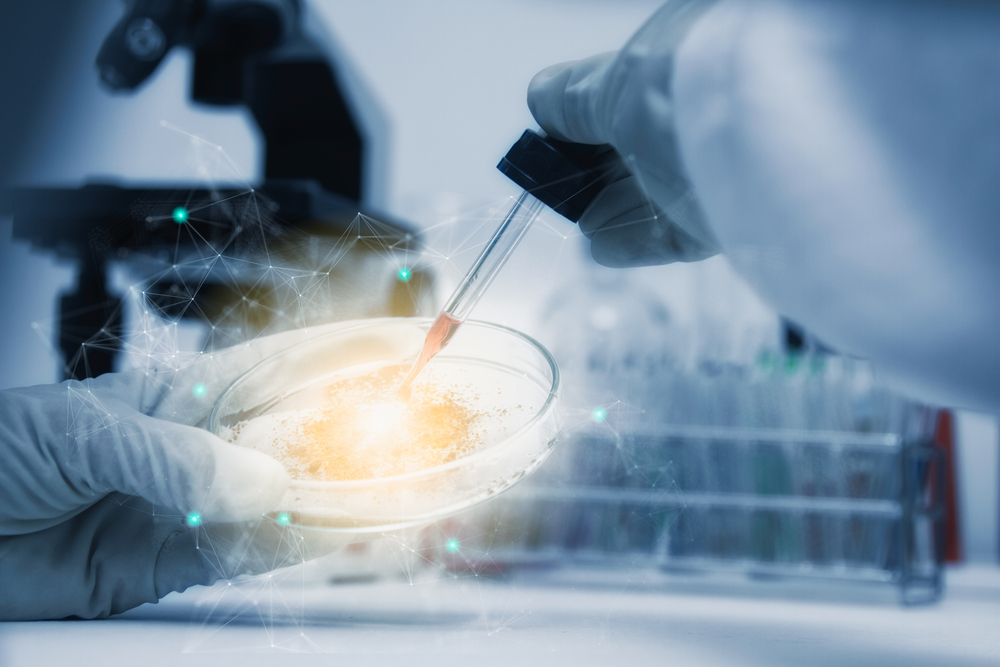Dry Mouth Alters Oral Microbiome of Primary Sjögren’s Syndrome Patients, Study Shows

Low salivary secretion contributes more to the altered oral microbiome found in people with primary Sjogren’s syndrome (pSS) than does the underlying disease, a Dutch study shows.
The research, “Reduced salivary secretion contributes more to changes in the oral microbiome of patients with primary Sjögren’s syndrome than underlying disease,” appeared in the journal Annals of the Rheumatic Diseases.
The oral microbiome — the community of bacteria, viruses, and fungi that populate the mouth — of pSS patients differs from that of healthy individuals. However, researchers still do not know whether this is due to lower salivary secretion or if it is specific to pSS.
To determine if pSS patients have a specific oral microbiome, scientists at University Medical Center Groningen collected oral washings from 121 people referred for pSS diagnosis — 36 were classified as having pSS, and 85 as non-pSS patients — and from 14 healthy controls without mouth or oral dryness.
Researchers analyzed bacterial composition by sequencing participants’ RNA — an intermediate molecule between DNA and a protein.
Results revealed similar types of bacteria and relative abundances across the different groups. Both pSS and non-pSS patients, however, showed a larger variation in bacterial composition than did healthy subjects.
“This suggests that the oral microbiome in patients with pSS” and in patients without pSS “is more heterogeneous than that of HCs [healthy controls],” the researchers wrote. It also means it is impossible to identify pSS patients based on their oral bacterial population, they added.
Importantly, salivary secretions explained a greater percentage of bacterial variation (9%) than did disease status (5%).
Patients with pSS had a different average bacterial composition than did people in the other two groups. Specifically, they had lower abundance of Haemophilus and greater numbers of Fusobacterium.
Compared to the control group only, pSS patients had lower levels of Streptococcus and higher levels of Selenomonas. Compared to non-pSS patients only, they had lower levels of both Abiotrophia and Shuttleworthia.
The lack of Streptococcus bacteria found in pSS patients compared to healthy controls is in contrast to previous studies, which had reported a higher oral abundance in patients compared to healthy people. This may be related to the difference in samples analyzed in the respective studies — oral washings vs. mouth swabs — and to diverse RNA portions analyzed.
Researchers also observed that the relative abundance of Streptococcus was not correlated with whole salivary secretion, and that its association with pSS — compared to both non-pSS patients and controls — was independent of such secretion.
“This suggests that lower Streptococcus relative abundance is more disease specific than related” to whole salivary secretion, the scientists wrote. This result contrasts with that of the relative abundance of Haemophilus, Neisseria and Lactobacillus, which was linked with whole salivary secretion, but not with disease status. This suggests that lesser whole salivary secretion “in patients with pSS can explain changes of these genera,” they added.
“We conclude that salivary secretion has a stronger influence on the microbiome in oral washings than disease status,” the researchers wrote.






